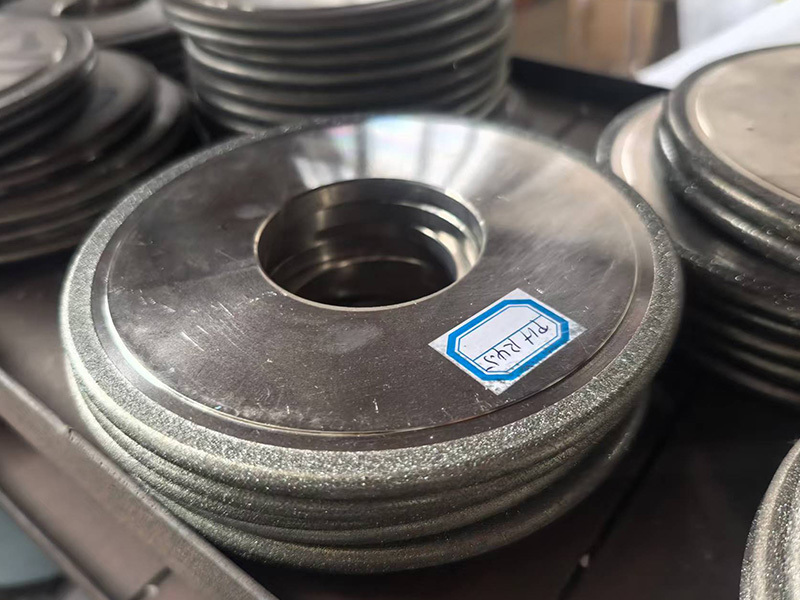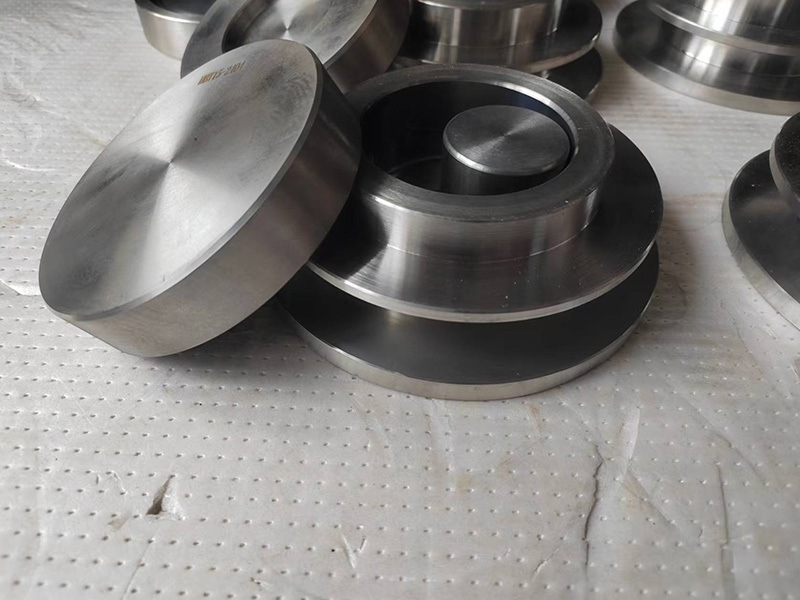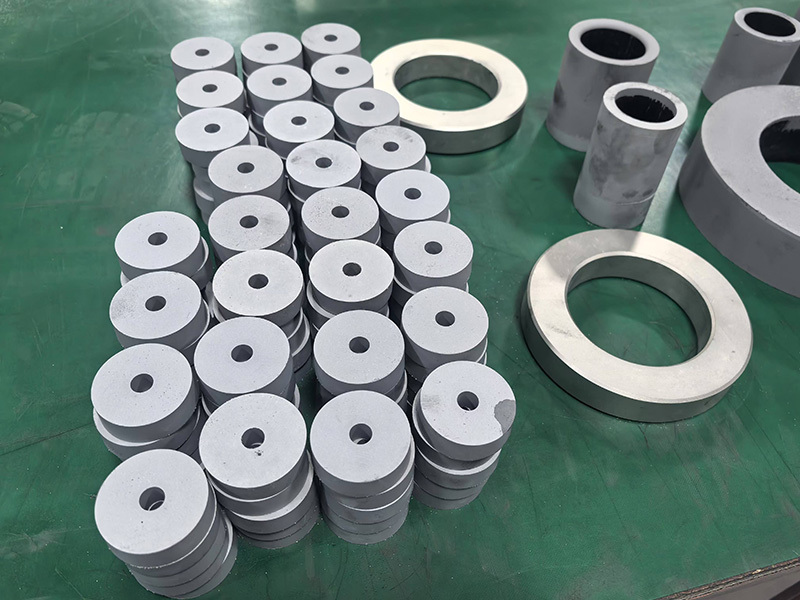Unlocking the Secrets of Drawing Die: A Modern Take on Manufacturing
The Art of Drawing Die: A Manufacturing Marvel
Let’s face it: when you hear the term drawing die, you might think it’s just another technical jargon that’s far removed from everyday life. But, surprise! Drawing die plays a pivotal role in the manufacturing world, and understanding it can make you the life of the party at your next industry gathering!
What Is a Drawing Die?
In simple terms, a drawing die is a tool used to shape metal by pulling it through a die, creating a desired form. Think of it as a cookie cutter for metal—only way cooler and a lot more complex! This process is called metal drawing, where the metal is drawn through the die, resulting in a thinner profile or longer length. It’s like pulling taffy, but instead of candy, you end up with precise, engineered components!
Why Should You Care?
Still not convinced? Well, consider this: nearly every product we use today—be it your smartphone, car, or even kitchen appliances—relies on components shaped by drawing dies. These tools are key players in industries ranging from automotive to aerospace, making them crucial to our daily lives.
The Process Explained
Now, let’s break it down. The drawing process involves several steps:
- Preparation: Start with a metal billet, which is like the raw dough. This is heated and prepared for the drawing process.
- Drawing: The heated metal is pulled through the die using a machine, which shapes it into the desired form. It’s a bit like squeezing toothpaste out of a tube, only the end result is a sleek piece of metal!
- Finishing: After drawing, the metal might be treated further through processes like annealing or coating to improve its properties. Think of it as frosting on your cookie—makes everything better!
The Latest in Drawing Die Technology
So, what’s new in the world of drawing die? Well, technology is evolving faster than you can say "manufacturing revolution!" With the integration of AI and automation, the precision and efficiency of drawing dies have skyrocketed. Manufacturers are now able to produce parts with tighter tolerances and less waste, which is a win-win for both the environment and the bottom line.
Sustainability Matters
Speaking of the environment, sustainability is becoming a hot topic in manufacturing. Companies are looking to adopt greener practices, and drawing die is no exception. Innovations such as using recycled metals and energy-efficient machinery are paving the way for a more eco-friendly industry. And let’s be real—who doesn’t want to save the planet while being a manufacturing whiz?
The Future of Drawing Die
As technology advances, we can expect even more exciting developments in drawing die techniques. From smart dies that monitor performance to virtual simulations that predict die wear, the future looks bright. It’s like we’re stepping into the sci-fi realm of manufacturing, where anything is possible!
Get Involved!
If you’re interested in the world of manufacturing, why not dive deeper? Consider attending industry conferences or workshops focused on drawing die and metal forming. It’s a great way to network, learn, and stay updated on the latest trends. Plus, you can impress your friends with all this newfound knowledge!
Conclusion
To wrap it up, the drawing die is a small yet mighty component of the manufacturing process. With its wide array of applications and the potential for innovation, understanding this tool gives you a front-row seat to the fascinating world of metalworking. So, the next time someone mentions drawing die, you’ll know exactly what they’re talking about—how cool is that?
Tags:
Related news










